We’ve rounded up the top 5 most read articles from the past year and have brought them together in one place just for you!

#1 7 Play Based Learning Activities to Do With Your Child
Here’s some great things to do with your little ones during the Holidays.
“We here at Premier Academy are big believers in play based learning. We understand that one of the wonderful things about being a parent is that you are your child’s first teacher. You have the unique opportunity to open the door to the world; introducing your child to words, colors, animals and so much more. Learning can be weaved into the day naturally as you read, talk, sing, and play together. Mr. Rogers said it best, “Play is often talked about as if it were a relief from serious learning. But for children play is serious learning. Play is really the work of childhood. . .”
Read the full article here.
#2 Importance of School Readiness
Here are some pointers on getting your child ready for school.
“We here at Premier Academy know the importance of school readiness. The first five years are critical to a child’s lifelong development. Early experiences influence brain development, establishing the neural connections that provide the foundation for language, reasoning, problem solving, social skills, behavior, and emotional intelligence – characteristics that often determine how well a child will do in school and in life. . .”
Read the entire article Here
#3 Tips for a Smooth Morning Routine for Daycare
Mornings can be hectic, this article can help alleviate the stress.
“Why do mornings seem so difficult? For parents, especially working parents that use child care in Omaha Nebraska, there is typically so much to do in a short period of time. We here at Premier Academy agree. . .”
Read the entire article Here.
#4 Choosing Between a Montessori or Play-Based Preschool
Finding the best environment for your child to learn and grow can be tricky, this article explains the differences between Montessori style Learning and Play-Based Learning.
“We here at Premier Academy know that choosing the right type of preschool for your child can be an overwhelming decision. Many parents wonder whether a preschool that uses the Montessori method is the right choice for their child of if a play-based approach is best. . .”
Read the entire article Here.
#5 Fostering Social and Emotional Development in Preschoolers
Preschool is an amazing time for children, it’s also a time for big changes.
“We here at Premiere Academy are big believers in fostering social and emotional development in preschoolers. Social-emotional development affects every aspect of a child’s life, including personal relationships, academic growth, and self-esteem. When children feel good about themselves and have the skills to interact successfully with others, their capacity to achieve skyrockets. . .”
Read entire article Here.
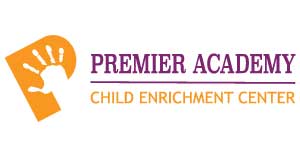
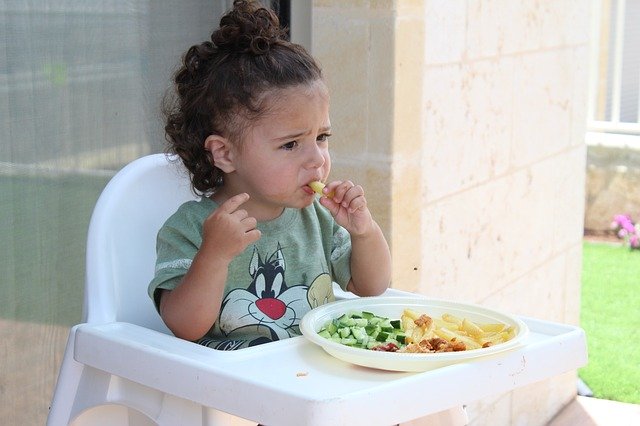



 Children of all ages benefit greatly from consistent routines. Routines give children a sense of security, stability and much more. Experts say that kids who have a familiar routine are more independent, healthier and do better in school. The best part about consistent routines? It is never too late to implement them!
Children of all ages benefit greatly from consistent routines. Routines give children a sense of security, stability and much more. Experts say that kids who have a familiar routine are more independent, healthier and do better in school. The best part about consistent routines? It is never too late to implement them! Of course, like anything else in life, it is important to remain flexible. And while having a consistent routine is important, that doesn’t mean that there is no room for flexibility. After all, what would childhood be without some spontaneity?
Of course, like anything else in life, it is important to remain flexible. And while having a consistent routine is important, that doesn’t mean that there is no room for flexibility. After all, what would childhood be without some spontaneity?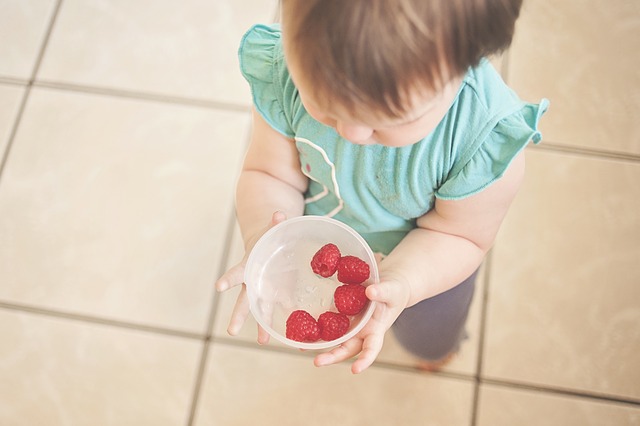 Most parents would agree that it is a good idea that
Most parents would agree that it is a good idea that 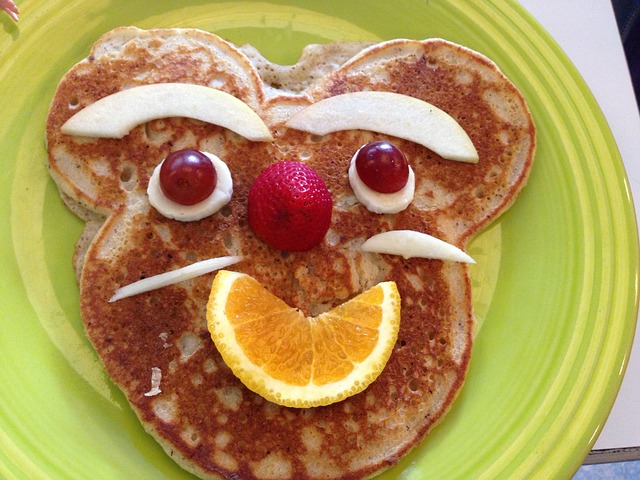 We here at Premier Academy Omaha know how hard it can be to get your little ones to eat their breakfast. We, like you, also know studies show that children who eat a healthy breakfast do better in school and tend to be healthier than children who don’t. The problem is, getting your child to eat a healthy breakfast can seem like an impossible task. If you feel as if breakfast has become a losing battle, you are not alone. Studies show that about 20 percent of all children regularly go without eating anything before school.
We here at Premier Academy Omaha know how hard it can be to get your little ones to eat their breakfast. We, like you, also know studies show that children who eat a healthy breakfast do better in school and tend to be healthier than children who don’t. The problem is, getting your child to eat a healthy breakfast can seem like an impossible task. If you feel as if breakfast has become a losing battle, you are not alone. Studies show that about 20 percent of all children regularly go without eating anything before school.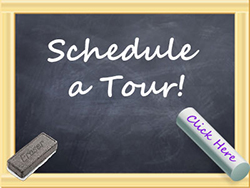
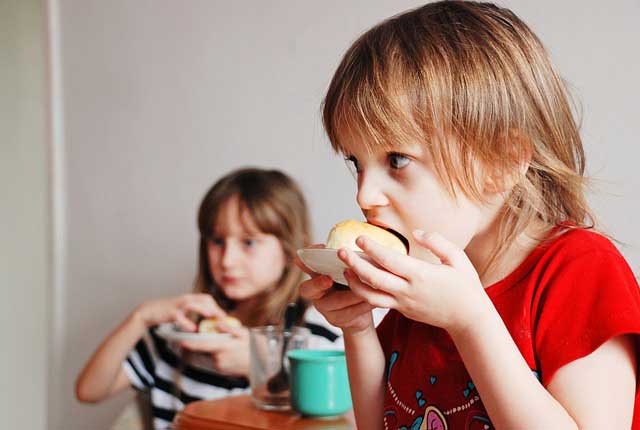 We have all heard that breakfast is the most important meal of the day. We here at Premier Academy agree. This is especially true when it comes to children.
We have all heard that breakfast is the most important meal of the day. We here at Premier Academy agree. This is especially true when it comes to children.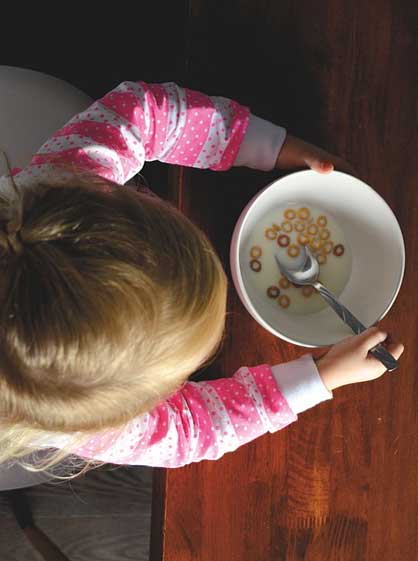 The same study cited poor time management and lack of appetite as the main reasons that kids skip this important meal. It also found an element of parental influence. Specifically, whether or not their parent eats breakfast will directly impact how likely a child is to eat breakfast.
The same study cited poor time management and lack of appetite as the main reasons that kids skip this important meal. It also found an element of parental influence. Specifically, whether or not their parent eats breakfast will directly impact how likely a child is to eat breakfast.